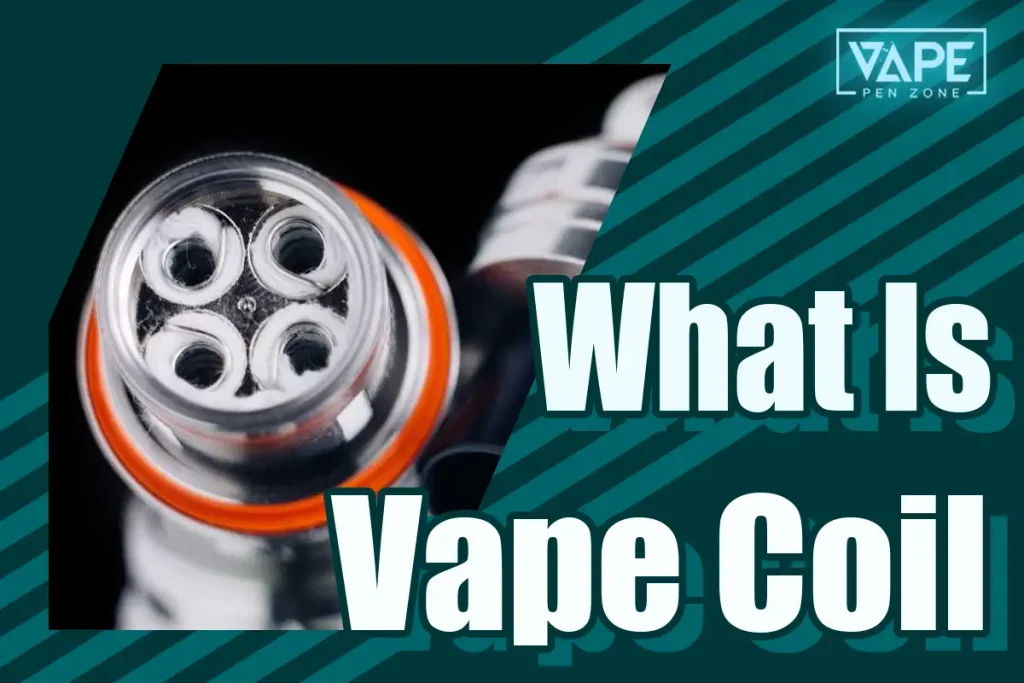Introduction
Understanding the components of a vaping device is crucial for a better vaping experience. Among these, the vape coil stands out due to its pivotal role in determining the quality of vapour.
This comprehensive guide aims to provide a clear understanding of what vape coils are, their types, functions, and maintenance.
What are Vape Coils?
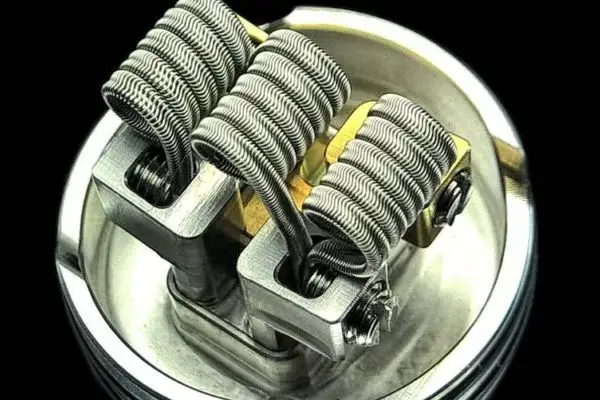
A vape coil, also referred to as an atomizer or atomizer head, is a central component of any vaping device. Its primary function?
Heating the e-liquid to produce vapour. Essentially crafted from metal, a vape coil comprises a spiralled wire and a wicking material, predominantly cotton, that’s either threaded through or wrapped around the coil.
How do Vape Coils Work?
Upon activating the vaping device by pressing its switch, power from the battery flows to the coil, causing it to heat up.
As a user inhales, the e-liquid-saturated wick gets heated by the coil, converting the e-liquid into the vapour that’s inhaled.
Materials Used in Vape Coils
Different materials cater to varying vaping requirements:
Kanthal
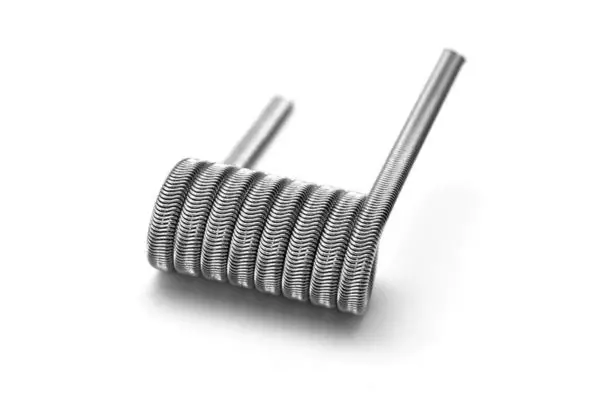
A popular alloy consisting of iron, chromium, and aluminium, Kanthal offers high resistivity and excellent heat resistance, making it a versatile choice for many vape coils.
Nichrome
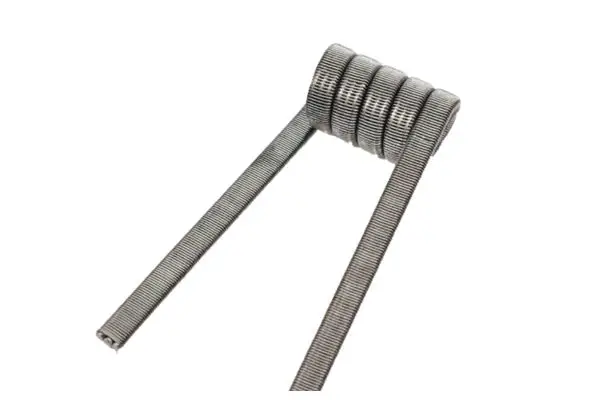
A blend of nickel and chromium, this alloy heats quickly and remains stable, apt for those preferring a consistent heating coil.
Stainless Steel
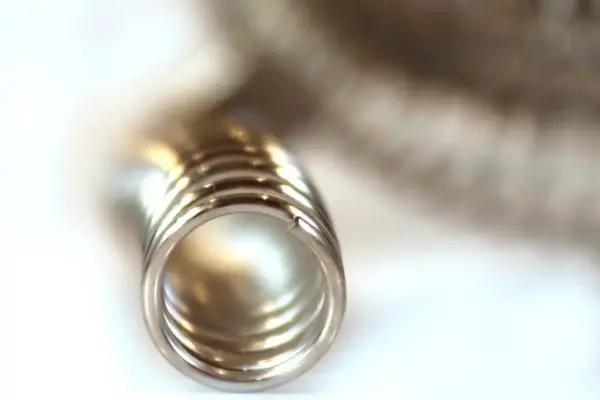
Distinguished by its resistance to corrosion and ability to withstand high temperatures, stainless steel coils are compatible with temperature-controlled vaping.
Titanium
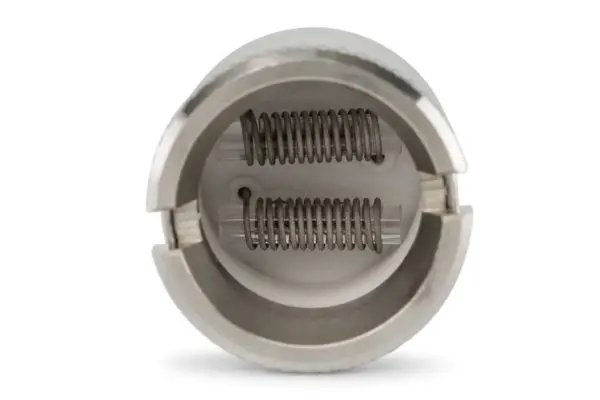
Light and strong, titanium coils work exclusively with temperature-controlled devices.
Nickel
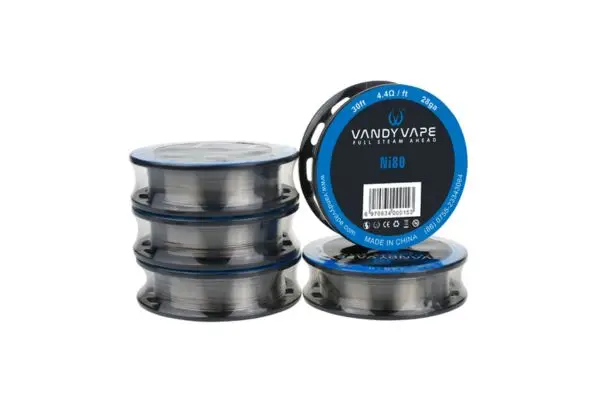
Soft and pliable, nickel coils provide an intense heating effect and should be paired with temperature-controlled mods.
Types of Vape Coils
Depending on their resistance, coils can be categorized as:
High Resistance Coils
With resistance above 1 ohm, they provide less heat, conserving e-liquid and battery life.
Low Resistance Coils (Sub-Ohm Coils)
Having a resistance below 1 ohm, they offer intense heat, larger vapour clouds, and consume more e-liquid and battery power.
Maintenance and Lifespan of Vape Coils
Typically, with regular vaping, a coil lasts about a week. However, infrequent vapers might find their coils working efficiently for up to two weeks.
Signs indicating it’s time to change your coil include reduced flavour, a burnt taste, diminished vapour production, or any leakages.
Pro Tips: Extend your coil’s life by cleaning it routinely, priming before use, avoiding dry hits, and steering clear of chain vaping
Changing a Vape Coil
- Disassemble the vaping device
- Separate the tank and battery. Unscrew the coil from the tank
- Clean the tank
- Discard the old coil and screw in a new one
- Prime the coil, ensuring the wick is well-saturated
- Reassemble the device and test
Verdict
Vape coils, central to the vaping process, influence the quality of your vaping experience. By understanding their types, materials, and maintenance, vapers can ensure optimum device performance and longevity.
FAQ about Vape Coil
How to prime a coil?
Fill your tank with E-liquid and then thoroughly soak the coil with E-liquid before vaping.
Why do I need to change the coil?
Over time, the coil will become old. The efficiency of heating the E-liquid is reduced. If you don’t replace the coil in time, the coil will easily get burnt, leaving you with a bad vaping experience.
Is it bad to keep vaping a burnt coil?
Vaping on a burnt coil can be dangerous to your health. A burnt coil can produce toxic chemicals that can be harmful to your lungs when inhaled.
Does more airflow make coils last longer?
Airflow doesn’t affect coil life. It mainly depends on the usage patterns, types of E-liquid used, and wattage settings.


